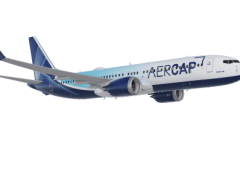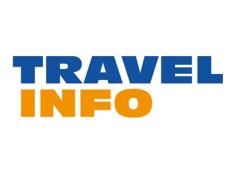As a seasoned travel consultant, I’ve weathered many changes in this industry, yet this shift to NDC has been one of the most frustrating and perplexing changes I have experienced to date.
I find myself asking: Why are we moving away from an all-inclusive selling platform that operates with remarkable precision and reliability which currently meets the complex needs of travel agents, to a system that appears not to have been built with us in mind?
For decades, the GDS has been my trusted companion in my daily workflow, delivering speed, accuracy and seamless integration. It has empowered me to build complex itineraries, quote fares, combine multiple airlines and include services like accommodation and all within a single PNR. The GDS lets us manage everything in one place, swiftly and efficiently.
In contrast, the current NDC implementation feels disjointed and unproductive. Each airline operates its own portal, forcing us to juggle between multiple platforms. This fragmentation not only disrupts workflow but also increases the potential for errors and significantly slows us down.
Tasks that were once quick now require more clicks, more navigation time, and a lot more manual input such as passport details. I do realise that the new generation of travel consultants may prefer point and click but for those of us that are accustomed to cryptic entries, we value the ability to tell the system what we want, like displaying a specific RBD so we don’t have to spend time sifting through irrelevant information.
Features we once took for granted like waitlisting, reliable pricing, speedy reissues, and uniform access to information have now become more complex and inconsistent. I’ve had experiences where you are unable to file a fare if you booked the last seat on that particular class. Most of the changes I’ve processed through NDC had to be done manually, as the system either wouldn’t quote or store the fare.
This leaves me wondering what the benefit is in moving away from a system that works. Is there something I might not be seeing?
This whole shift feels like navigating turbulence with substandard instruments.
While the passenger may benefit from lower fares, it’s the agent who bears the weight of a more cumbersome process with fewer tools and minimal support.
At the end of the day, it’s not just about the bottom line. It’s about that heartfelt “thank you” after a perfectly planned trip, the gratitude shown from the traveller after you’ve gone the extra mile, or the late-night call from someone in distress knowing you were there to help. It’s about making their trip seamless and special… and this is made possible by the tools that have supported us behind the scenes all along.
I am not opposed to innovation; in fact, I embrace it. However, I believe progress must be inclusive. Travel agents remain a vital sales channel for airlines and our insights should play a key role in shaping the tools we depend on every day.
This transition is not only about adopting new technology but highlights a significant gap in training, support, and standardisation. We have received little to no hands-on training and the helpdesks lack the depth of knowledge to offer timeous or practical assistance. Working with a system that just doesn’t suit our day-to-day reality makes it harder to deliver the kind of service our clients count on.
Let’s raise our voices, share our experiences, and advocate for the tools that help us do what we love: delivering excellent service with care, confidence and efficiency, not just for ourselves, but for the clients we proudly serve every day.
Sincerely,
A frustrated (but hopeful) travel consultant













